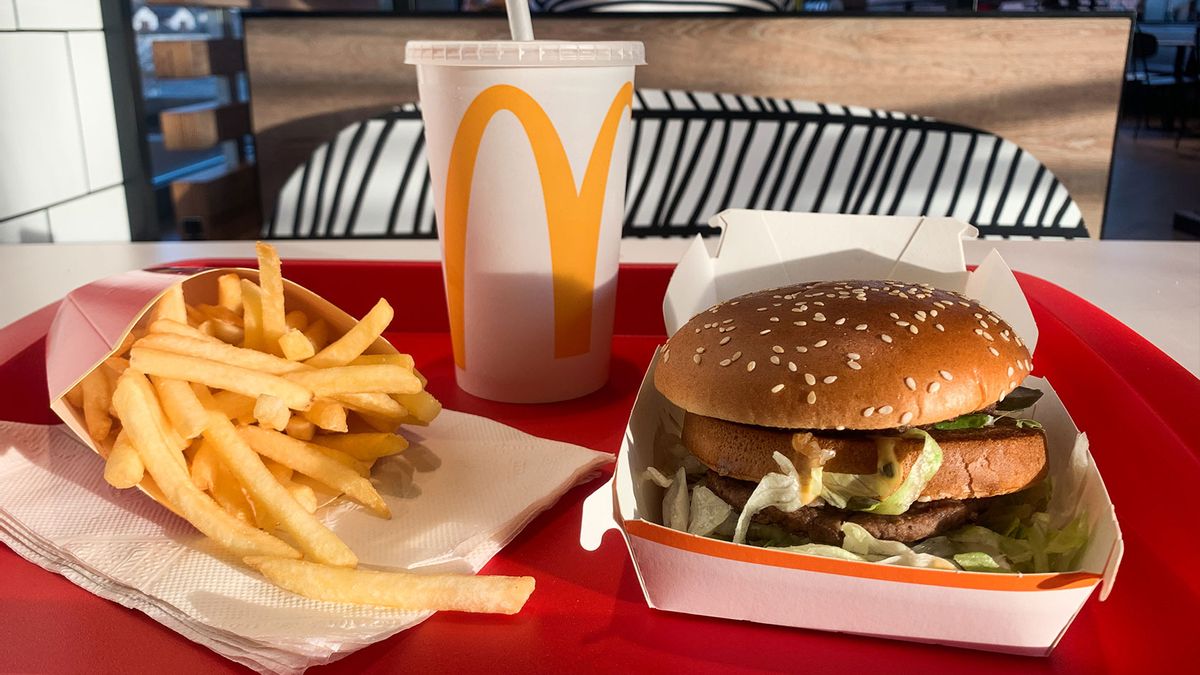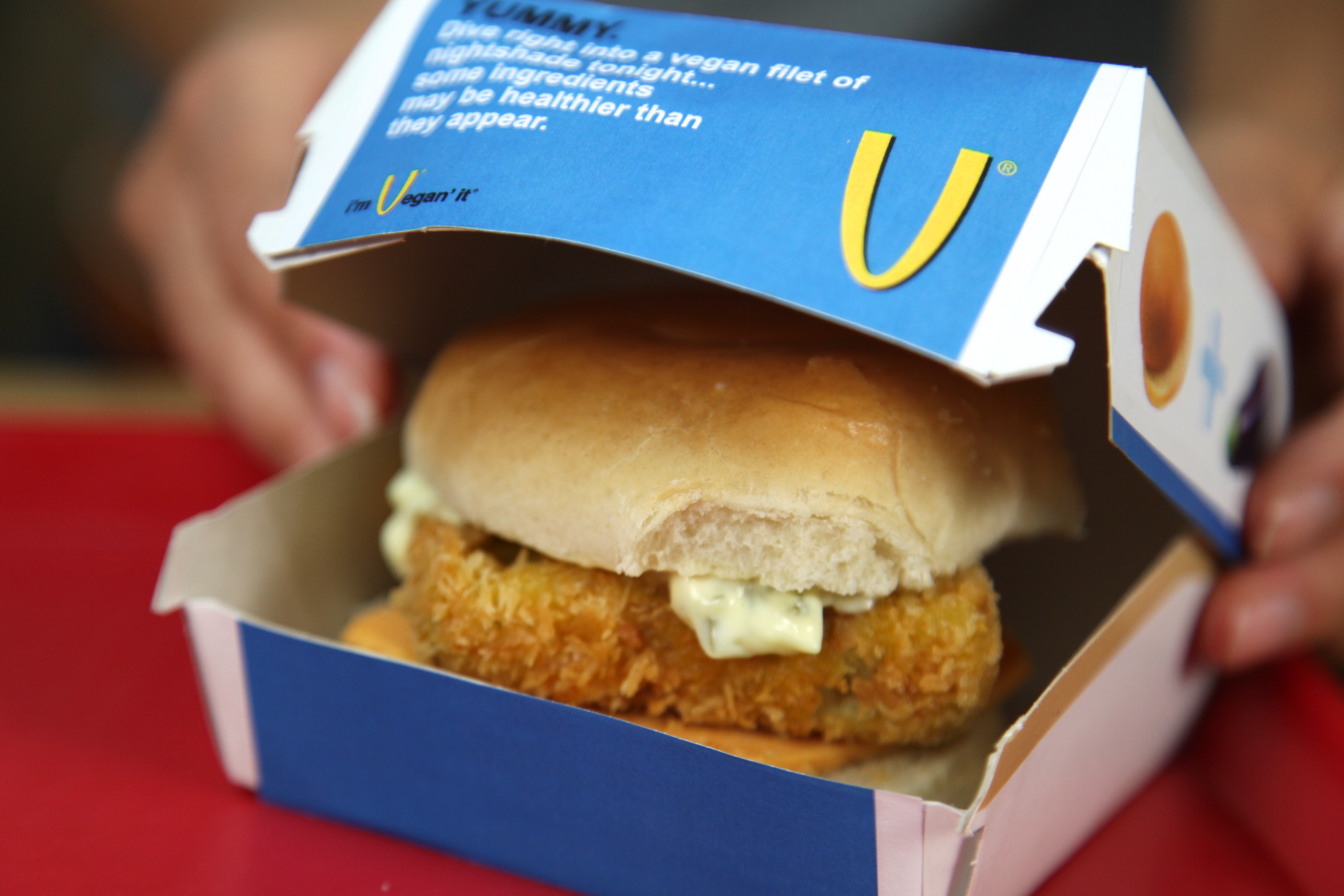
Despite the public outcry and growing concerns about the rising cost of fast food, McDonald’s recently announced a substantial 14% increase in revenue, surging to an impressive $6.69 billion. This revelation has ignited a fervent debate among consumers, industry experts, and economists alike.

McDonald’s customers have reported seeing Big Mac meals sell for $18 apiece in Connecticut. NurPhoto via Getty Images
The catalyst for this discussion was a viral TikTok video from Christopher Olive, a prominent influencer boasting over 400,000 followers. In his video, Olive expressed dismay after being charged a hefty $16 for what should have been a standard “happy meal” at McDonald’s. This incident served as a wake-up call for many, prompting a closer examination of the factors contributing to the surge in prices.

Even the Filet-o-Fish sandwich hasn’t been spared the wrath of high inflation. In 2014, it cost $3.49. Now it is 57% more expensive — going for $5.49. ZUMAPRESS.com
One of the primary drivers behind the escalating costs is the ongoing labor shortages and the resultant wage increases. McDonald’s, like many other businesses, has been grappling with staffing challenges, leading to higher wages to attract and retain employees. These increased labor costs inevitably trickle down to the consumer in the form of higher menu prices.
:max_bytes(150000):strip_icc()/Spicy-McNuggets-Are-Back-at-McDonalds-FT-BLOG0923-43139bdeb0874fc59af1abd48e5c5e34.jpg)

